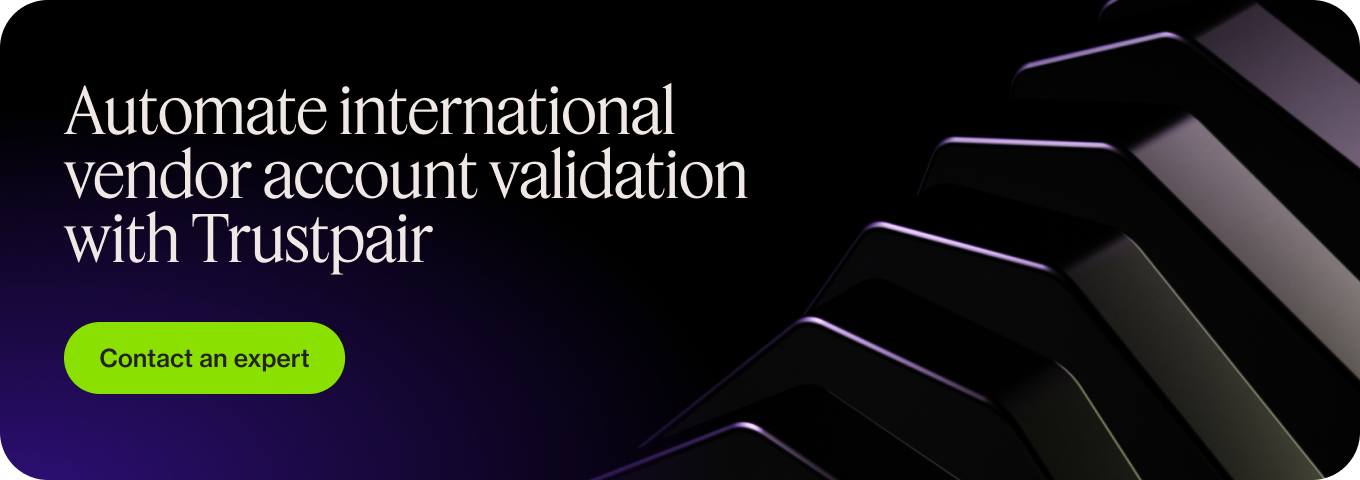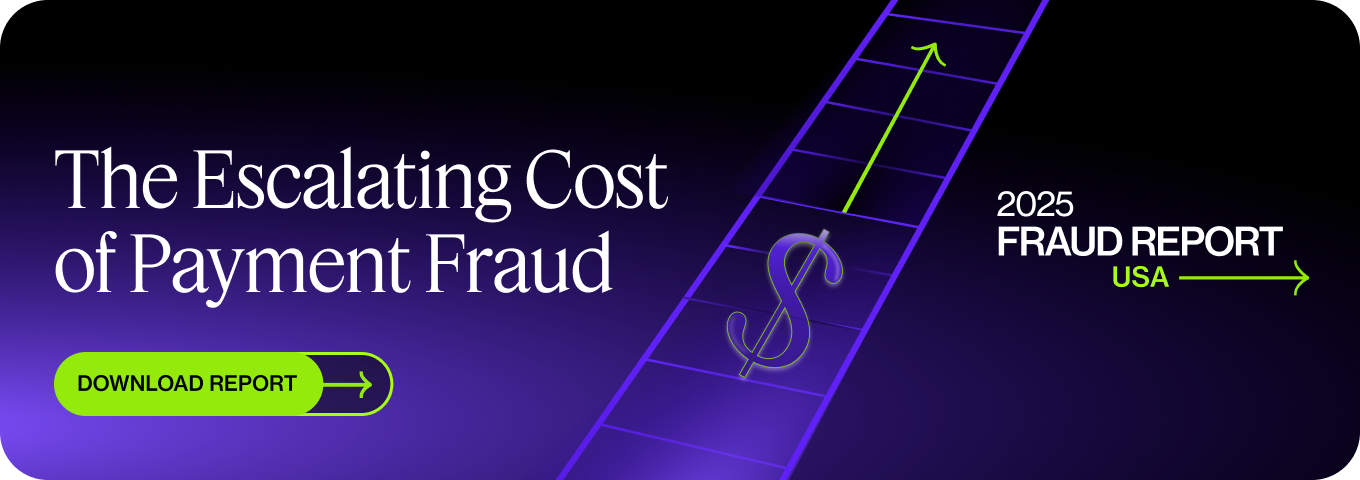KIA Motor lost $800K from a billing scheme. A CPA approved invoices to a false entity she created herself. She was later charged by Orange County’s District Attorney’s Office. According to the ACFE, billing schemes cause the highest median loss ($100,000). How can you protect your organization against its most dangerous types? Keep reading to find out!
Trustpair blocks the effects of billing scheme fraud by detecting and preventing payment fraud from happening through ongoing account validation. Contact an expert to learn more!
Shell companies
KIA Motor’s example in the news is a prime illustration of what a shell company billing scheme is:
- An employee creates a fictitious organization,
- Registers it as a company’s vendor,
- Submits invoices to accounts payable for goods or services never rendered,
- Receive payments on a bank account that belongs to them, or an accomplice.
For example, a rural Texan pharmacy owner operated a fraudulent pharmacy that billed private consumers. They were sentenced to more than four years of imprisonment. Billing schemes are sadly common in hospitals, insurance, as well as office settings.
In a small business, the person submitting the invoice is also the one approving the payment. The whole scheme is easy to commit, and unlikely to be detected before some time.
In larger companies, the scheme might be run by several employees plotting together. Or, they take advantage of the trust their managers have in them. Either way, knowing your internal processes makes it easy for your employees to commit internal fraud through shell companies.
One of the red flags of vendor fraud (another name for it) is that the address on the invoice includes a PO box, and/or a company name with initials only.
Fake invoices
Fake invoice fraud is a variation of the above scheme: employees or fraudulent businesses create a false invoice that gets paid by your company. They usually invoices services, as their delivery is harder to track.
It sadly happens a lot in the healthcare sector. Health Connect America, a behavioral health provider, was recently in the press for a billing scheme. The defendants billed services never rendered to patients that Virginia Medicaid paid for. This type of fraud cost the general public’s tax money and it bad for the hospital’s reputation.
In Illinois, a doctor ran a scheme defrauding the Federal Employees Health Benefits Program. The case didn’t make it to court, as their attorney approved a settlement reaching $750.000.
Employees can also easily duplicate or inflate invoices from your real suppliers to steal money. It can happen without or without your vendor’s knowledge. If they are accomplices of your suppliers, they will get a cut from the profits as accomplices.
All the more reasons to set up adequate employee fraud prevention techniques in your company!
Pay and returns schemes
Pay and returns schemes are initiated by employees involved in your procure-to-pay process. They purposely send a higher payment for a legitimate invoice to your vendors:
- Sending a duplicate payment or
- Sending a higher amount than requested.
They will try to pass this fraudulent B2B transaction as a mistake and request the difference to be returned to them.
They’ll either ask for a check in return that they’ll cash on their own account, or give their bank account details to your vendor. Either way, they will find a way to tamper with the payment return to make a profit.
Inventory fraud
This fraud billing scheme involves an employee selling goods bought by your company. They’ll either take it straight from your inventory or collect it directly at your vendor’s warehouse to avoid leaving a trace.
To avoid detection, they will split a big order into smaller invoices that won’t trigger your internal control processes.
For example, an employee might order goods worth $4,200, knowing that your threshold for approval is $ 4,500. They will then sell the goods and pocket the proceeds.
Personal purchases
An employee buys goods or services that aren’t related to your business — a personal purchase — and gets your organization to pay for them.
This can happen in several ways:
- Sending legitimate invoices: as they are, hoping they’ll get paid, or tampered with to make it look business related.
- Credit card fraud: using their corporate credit card to make personal purchases. Once more, they might submit the real receipt, or ask an accomplice to modify it.
Employees tamper with their expense reports to make them look like the purchase was a legitimate business expense. This kind of fraud scheme is carried out by people who have access directly or indirectly to the person approving said business expenses.
Change in supplier’s credentials
This is a common form of wire transfer scam: an employee changes your vendor’s credentials with their own bank account details. Every time you think you’re paying your real supplier’s real invoice, you’re actually sending money to a fraudster.
Besides causing direct financial losses, it also jeopardizes your supplier relationship. It’s likely to be some time before you or your vendor realize what’s really going on, which could affect your company’s productivity and production.
It’s even harder to detect when the fraudster takes care to change the bank account information back to your real vendors. By doing it temporarily, across various suppliers, they can manage to bury any leads.
Learn more about payment fraud in our latest fraud report!
How to detect and prevent fraud billing schemes?
But billing schemes aren’t a fatality. Now that you’re aware of how they work, you can start adjusting your internal processes so they don’t happen.
Here’s what we at Trustpair recommend:
- Implement segregation of duties: splitting key operations across different people reduces the risk of internal fraud. For example, you can have one person making orders, another checking they’ve been received, and a third approving payments — each with their own security checklist. The same goes for expense reports.
- Increase your internal control protocols: review your financial reports more often to detect any anomalies. You can set up an internal control department or hire an auditing firm. Just informing your employees about it will have a deterring impact.
- Check invoices carefully: look for duplicates, sudden rises in prices, or suppliers who have a PO box as a domiciliation address.
- Ongoing account validation: the best way to protect yourself against fraud is to check your vendor’s credentials every time you want to send a payment. That ensures their bank account information hasn’t been tampered with. While only a small percentage of companies do that, it drastically reduces the risk of fraud.
The good news? Trustpair helps you with all of that! Our anti-fraud software is designed to protect you against the main examples of business fraud.
The solution continuously monitors your supplier’s credentials, checking data against domestic and international databases. Our AI detects suspicious patterns and raises the alarm before the transaction is sent. It means no unauthorized transaction can be sent! It also sends a strong signal to your employees, thus reducing the opportunity for them to commit billing fraud with impunity. We’ve worked with 200+ organizations internally, and have a 100% success rate in eradicating fraud!
Key Takeaways:
A billing scheme happens when employees perceive an opportunity to commit fraud without being caught. Trustpair completely eradicates the risk of fraud by continuously controlling your third-party credentials in real time.






